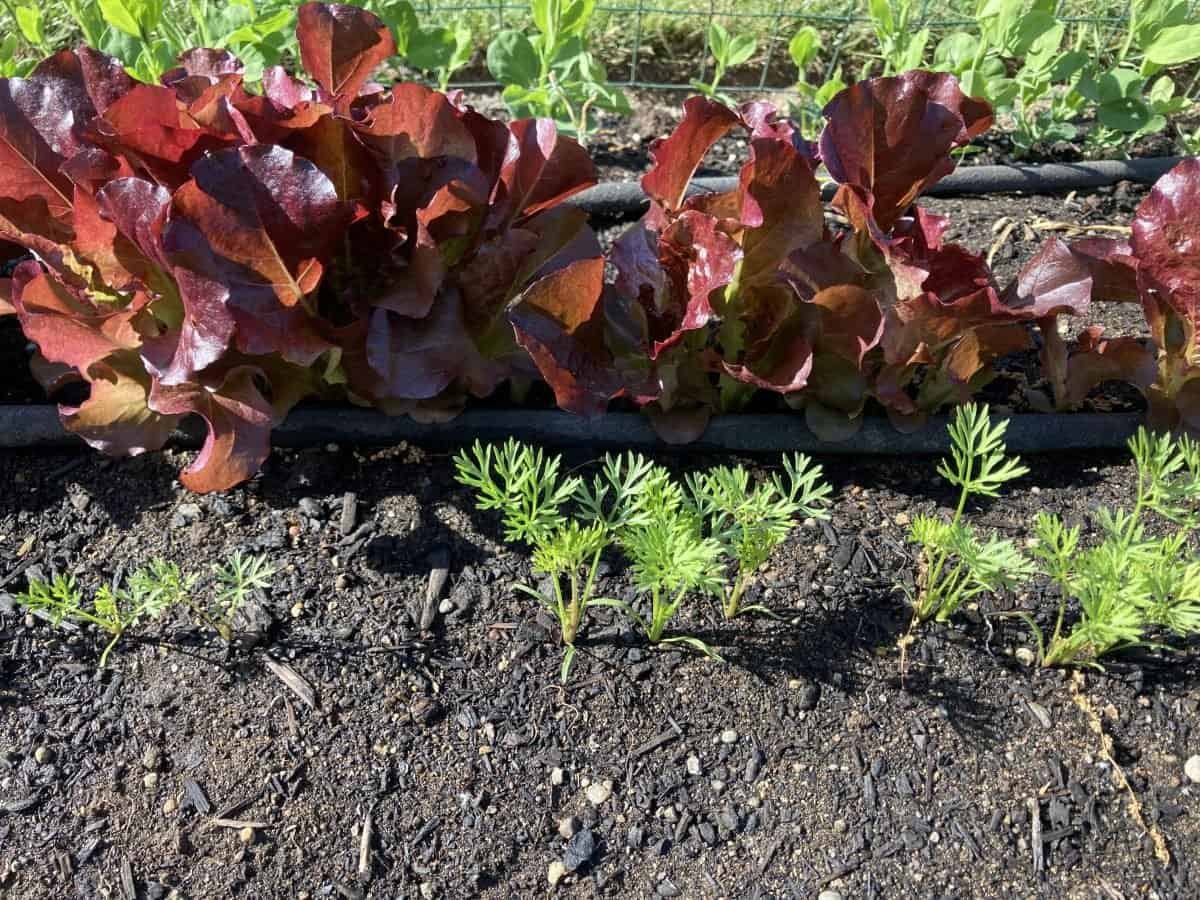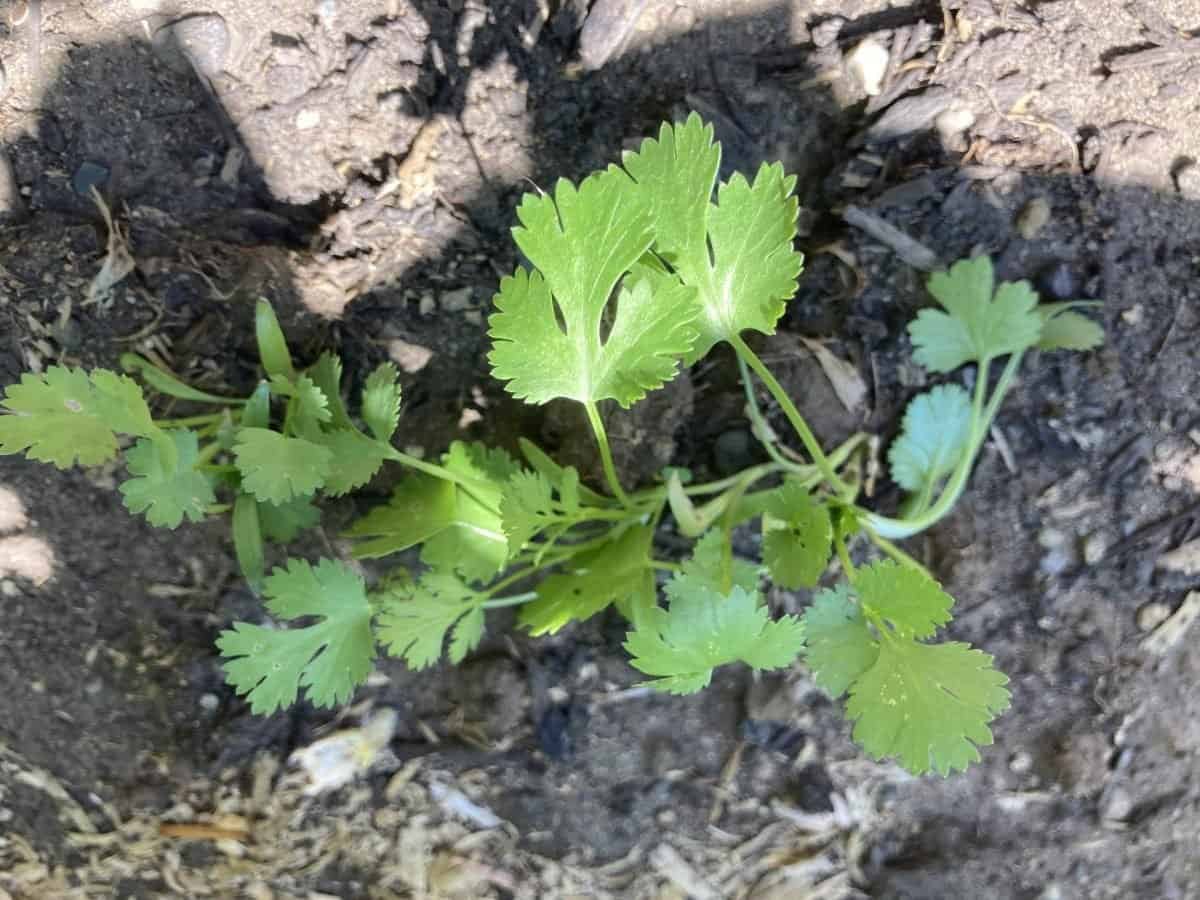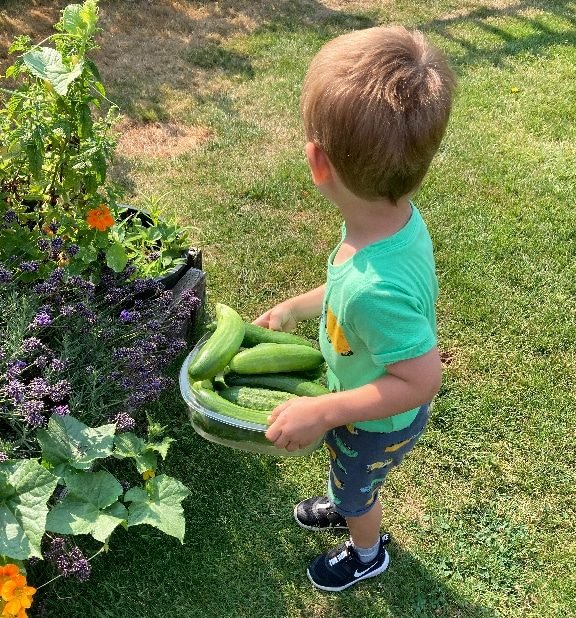It is important to know how to collect vegetable seeds so that you can plant vegetable seeds that you have collected from your favorite varieties.
You can only collect seeds from open-pollinating plants such as heirlooms. Hybrid plants will not produce a true variety if you collect seeds from them, also included in this group is F-1 varieties.
Vegetable seeds are easy to collect and can save you money with little investment on your part other than time to collect and dry the seeds.
I will share my favorite seeds I collect with a step-by-step process to collect and save the seeds for next year’s planting, not only is it very satisfying knowing you are saving seeds that you will grow the next year but also a way to save your hard-earned money.
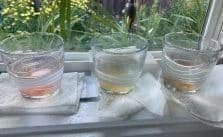
Be sure to identify seeds by writing, variety, date, and any notes that will help you when you plant these seeds next year.
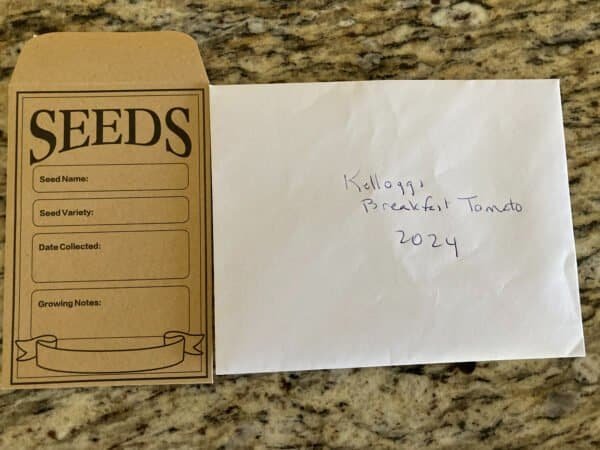
Why you should save vegetable seeds
When you find a variety you and your family enjoy saving the seeds because next year the garden center you purchased your plants or seeds from may not carry that variety.
It is great to find a vegetable that you enjoy and can preserve the existence of by saving the seeds to grow and share with others.
The cost of a plant can be several dollars, or the seeds can be several dollars for one packet, but your cost for saving your own seeds is nothing but time.
When you use the seeds that came from the plants you grew in your garden the next generation of plants will grow better since they have been adapted from the soil and climate of the previous generation.
It is very satisfying to know that you grew a vegetable that you will now be able to save the seeds from to plant again next year and share with others.
It is an excellent opportunity to involve your grandchildren in the full circle of planting, growing, and collecting seeds for their own garden.
When to Collect Your Seeds
For most seed collecting it is when your plants are at their peak in producing fruit.
It does depend on the vegetable you are collecting seeds from it will be at the height of the plant’s production or in some cases it is at the end of the plant’s life. For some seeds like lettuce you need to let them flower and produce seeds that you will collect, and for others like beans you should allow the bean pods to dry on the plant before harvesting the pods to remove the seeds from.
if you are going to collect seeds from one vegetable you want to select one of the best ones at the peak of ripeness to collect the best seeds.
One thing to be aware of is that if you grow many different varieties of the same vegetable next to each other the seeds that you collect may be different from the ones you are currently growing. This can happen especially with peppers, if you plant a sweet variety next to a hot pepper the seeds you collect for the next year can change both peppers, one making it hot when it was sweet and the other milder when it was originally sweet.
Seeds from beans and peas should be left growing on the plants until the plant begins to die and dry out. You will see the pods turn brown and dry out and that is a sign that you are ready to harvest the pods to complete the drying process.
When you harvest the seed pods you can continue to dry them on a tray before removing the seeds from the pods and storing them for the winter. Do not store the seeds before they are dry otherwise they will mold and have to be thrown away.
Not only are the bean seeds worth saving, but also the pods that you have collected are great to add to your compost after you have removed the seeds.
It is best to store them in an envelope, or paper bag in a cool dry area until you will use them for the next year’s planting.
What Seeds to Collect and Harvest Instructions
Tomatoes
Select one of the best tomatoes on your plant to remove seeds from to get the best plants for next year. Even though you harvest the seeds you can still eat the tomato, especially in salsa or cooking it.
To collect the seeds cut open the tomato and use a spoon to remove the seeds or even easier you can squeeze the tomato allowing the seeds to slide out. Place the seeds in a dish with water for several days. the water and seeds will ferment which will allow the seeds to separate from the pulp. Replace the water when the scum from the pulp floats to the top.
After they have fermented you can rinse the seeds and drain off the pulp and any seeds that are floating. For the final rinse you can place the seeds in a fine mesh strainer for final rinse.
Drop the seeds on wax paper and separate the seeds for them to dry, the drying process takes 5-7 days.
Once they are dry you can label a paper envelope and place the seeds in the paper envelope.
Using paper allows any moisture to be wicked away from the seeds for storage.
Peppers
These are one of the easiest seeds to collect since they do not need to go into water to ferment and remove the pulp. When you harvest a large ripe pepper for eating and cut it open, all you need to do is remove the seeds and place them on a paper towel to dry for 1-2 weeks.
Remember with peppers if you plant a hot pepper next to a sweet pepper you may end up with seeds that are different than the parent, they can take on characteristics of the neighbor pepper plant.
Peppers are perennials and if you have the space to keep them over the winter you can, dig up the peppers and overwinter them to jump-start your growing season.
Squash
Before we discuss squash seeds you need to be aware that these seeds can cross-pollinate and not make them viable to be eaten the next year if you have more than one variety planted or even a neighbor having a different variety planted. Based on this challenge I have decided not to save these seeds.
I will break this into two groups for harvesting the seeds of squash, one being winter squash and the other being summer squash.
Summer squash– You will need to let a squash ripen to the point of the fruit not being eaten so that the seeds are large enough for harvesting. You will only need to save one squash per variety to get plenty of seeds.
Winter squash- These squash can be harvested when ready to eat and seeds removed for saving, you do not need to wait since these squash are harvested when fully grown.
With both squashes, you need to remove the seeds from inside the squash and separated them from the flesh of the squash, and placed them on a paper towel to dry for 1-2 weeks.
Cucumbers
These seeds are a little more difficult to collect, it is critical to let the cucumbers continue to grow on the vine until they are orange or bright yellow to allow the seeds to fill out inside for harvesting. If you collect the seeds too early in a cucumber the seeds will dry to have a sunken center and will not propagate.
One cucumber will supply you with plenty of seeds, so you will only need to let one of each variety grow to this size and color.
Once you have let the cucumber reach complete ripeness for seed harvesting, you will need to cut open the cucumber to collect the seeds and place in a dish with water to allow them to ferment for several days. Remove the scum and any seeds that are floating on the top of the water. You can add water as you remove the scum and some of the water.
After several days remove the seeds to dry on a paper towel or wax paper for 1-2 weeks to complete the drying process.
Corn
Be sure the corn you have grown is a non-hybrid variety so that the seeds will propagate.
Harvest one of the best ears for collecting seeds. Leave the seeds on the cob and allow it to dry in a warm area and not in the direct sun for 1-2 weeks and it may take a little longer. Once the seeds are completely dry you can remove the seeds from the cob.
Depending on how many plants you want to grow the next year you will only need to save 1 or 2 ears of corn.
Eggplant
You will need to let the eggplant continue to grow on the plant until it is beyond use for eating. It should start to dry out and shrivel before harvesting for seeds. Once you harvest you can cut open the eggplant and place the seeds in a dish of water to remove the pulp. Remove the seeds from the water and place on a paper towel or wax paper to dry for several weeks.
One eggplant will provide you with plenty of seeds.
Onions
See my link to collecting onion seeds.
Carrots
Carrot seeds take an additional growing season to collect seeds but you will be rewarded with hundreds of seeds from one carrot.
To collect these seeds you will let a couple of carrots of each variety stay over the winter to continue to grow, the next year they will grow a tall stem that will eventually produce hundreds of seeds. Let the carrot continue to grow where it will flower and then produce seeds. Let the plant continue to grow until they start to turn brown and dry.
Once the plant is brown and dry you can cut the carrot top off to allow the seeds to dry. One of the best ways to collect the seeds from the plant is to place the plant in a large paper sack and shake the bag to remove the seeds. The seeds should be dried for several days before storing them.
Storage Boxes for Seeds
The best storage boxes for seeds are photo boxes that you can purchase at Michaels, Hobby Lobby and other craft stores.
Now that you have all the insight in collect vegetable seeds from which seeds to collect to how to collect them and even best storage container to keep your seeds fresh for propagating for years.

